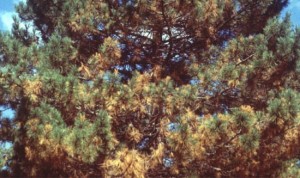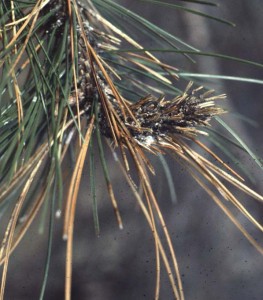Think GREEN and plant a tree today! Did you know that the winter time is one of the best times of the year for planting trees and conifers. Dormant trees and conifers transplant with virtually no stress and will be ready to spring to life when the weather warms. Little or no watering will be required after the initial watering when planted.
Another huge benefit to winter planting is that you are getting the freshest trees possible since nurseries are currently digging to fill their lots for spring inventory.
Call or visit our website today if you would like more information.





